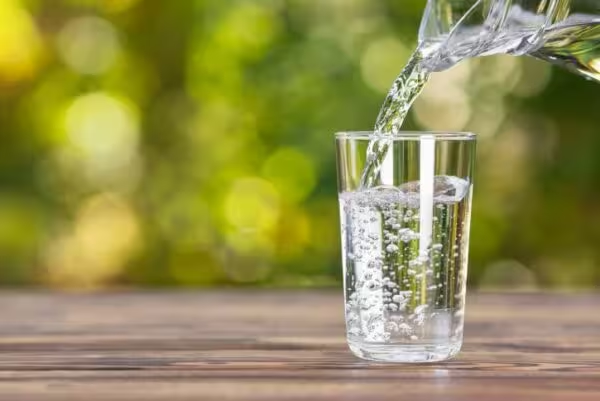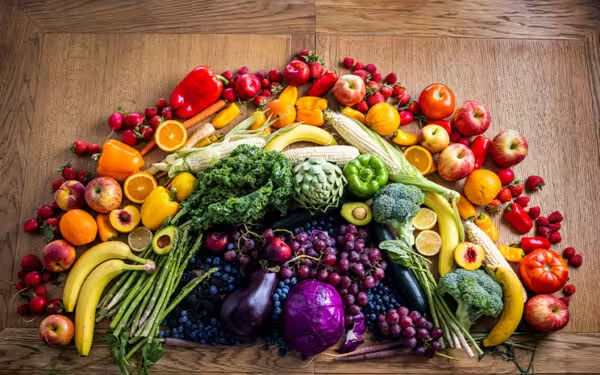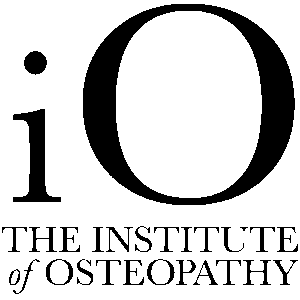Four Simple Things….
I was asked this week whether a patient should get themselves an ice bath for their garden. Cold therapy has many proven health benefits and has certainly been this year’s trend for enthusiasts in pursuit of health and fitness. My answer to this particular patient however was ‘no’. Despite the potential health benefits, there are a lot of cheaper, easier and more effective things to do first. If you aren’t doing the basics for your health, an ice bath is like buying a fancy new bell for a bike that’s got two punctured tyres, a wonky handlebar and broken brakes.

So, what are the simple things that you can do to get healthier? Chances are, you’ve heard it all before but as Plato said “There is no harm in repeating a good thing”. Here are four simple things to improve your health…
1. Increase you fluids:
“Two litres” right? There is a lot of contrasting advise as to what quantity of water you should drink in a day. Whilst it’s true that very few people drink enough, it is counterproductive to attempt to drink so much more than you’re used to, because the habit rarely sticks. An easy first step is to make sure you have a glass of water with every meal, and for most people that will be enough.
How do you know if you’re drinking the right amount? Dr Stuart Galloway, Professor in Exercise Physiology from the University of Stirling advises that if you are going for a ‘wee’ 5-7 times a day you are probably drinking the right amount of fluid. If you are only going 3-4 times a day, you’re probably not drinking enough; and if you’re going 7-8 times a day you could be drinking a little too much.

2. Eat more Fruit and Vegetables
“5-portions-a-day” right? In other countries the recommended minimum is higher, and only five in the UK because it was not believed that people in this country would eat more than that! We should be aiming for more like seven portions a day, with at least four portions of vegetables and around three of fruit. Go for a variety of colours and try and eat from as many different plants as you can. Try to buy local produce, as the sooner fruit and veg is eaten after harvesting, the fewer nutrients they lose. Cooking can also reduce the nutrient content so try to eat them raw or as lightly cooked as possible.

3. Get Active
“10,000 steps-a-day” right? With such variations in the health and fitness of different people at different ages, there can’t possibly be a one size fits all number. For an elite athlete, or just a fit young person, 10,000-25,000 steps a day may not be a problem. However, for an elderly person with osteoarthritis and other mobility issues, walking is still very beneficial, but may be aimed at something more like 2,500 steps. A study of 16,741 women aged between 62 and 101 found that those who averaged 4,400 daily steps had a 41% reduction in mortality. Mortality rates progressively improved with increasing steps before levelling off around 7,500 steps per day. Exercise should be something you enjoy, it doesn’t have to be walking. Daniel Lieberman, professor of human evolutionary biology at Harvard University says “The more we study physical activity, the more we realize that it doesn’t really matter what you do. You don’t have to do 10,000 steps or incredible strength training to get some benefits of physical activity. There’s all different kinds of physical activity, and it’s all good in different ways.”

4. Stop Doing Stress
“10,000 steps-a-day” right? With such variations in the health and fitness of different people at different ages, there can’t possibly be a one size fits all number. For an elite athlete, or just a fit young person, 10,000-25,000 steps a day may not be a problem. However, for an elderly person with osteoarthritis and other mobility issues, walking is still very beneficial, but may be aimed at something more like 2,500 steps. A study of 16,741 women aged between 62 and 101 found that those who averaged 4,400 daily steps had a 41% reduction in mortality. Mortality rates progressively improved with increasing steps before levelling off around 7,500 steps per day. Exercise should be something you enjoy, it doesn’t have to be walking. Daniel Lieberman, professor of human evolutionary biology at Harvard University says “The more we study physical activity, the more we realize that it doesn’t really matter what you do. You don’t have to do 10,000 steps or incredible strength training to get some benefits of physical activity. There’s all different kinds of physical activity, and it’s all good in different ways.”



